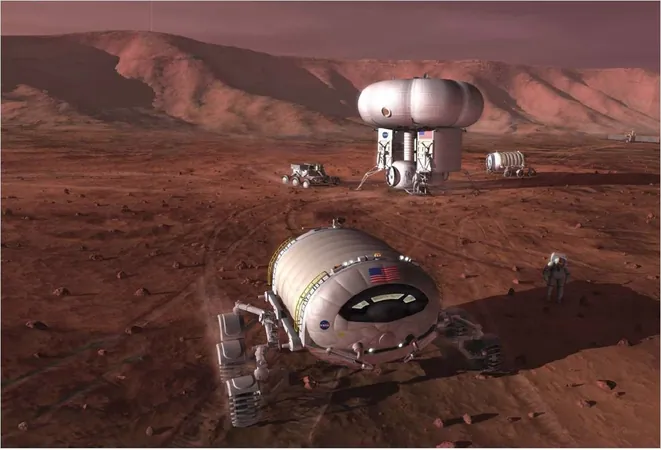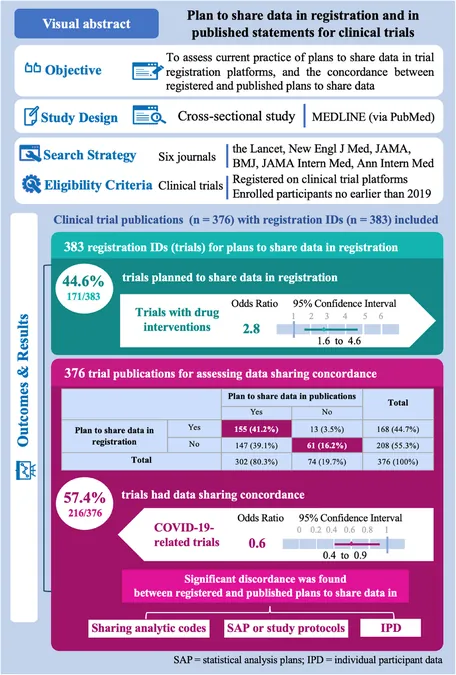
Revolutionizing Earth Observation: Highlights from the 2025 GEDI Science Team Meeting
2025-08-18
Author: William
A New Era for GEDI: The 2025 Science Team Meeting
From April 1-3, 2025, the Global Ecosystem Dynamics Investigation (GEDI) Science Team gathered at the University of Maryland, College Park, to discuss groundbreaking advancements in Earth observation. With over 60 participants in attendance, including NASA program managers, graduate students, and data users, this meeting focused on the revival of the GEDI mission after a hiatus, sharing updates on its instrument and diverse data applications.
Mission Status: GEDI Reawakens from Hibernation!
The last time we checked in, GEDI was in a hibernation phase on the International Space Station, awaiting a revamp. Fast forward two years, and the instrument is back in action, resuming its vital role in capturing high-resolution 3D images of Earth's ecosystem. As of now, GEDI has amassed an astonishing 33 billion data returns, with over 12 billion meeting quality standards. New algorithms are set to enhance the precision of biomass data collection, a critical tool in combating climate change.
Day One: Unearthing Data Insights
The meeting kicked off with insights from Ralph Dubayah, GEDI's Principal Investigator, who outlined the mission's successful return to capturing data. Attendees engaged in stimulating discussions on new GEDI products, including Version 2.1, which integrates post-hibernation data and represents a major step forward in data accuracy. Upcoming Version 3.0 promises even further enhancements and refinements.
Beyond technical updates, significant strides in scientific research were shared. For instance, a team led by Jim Kellner emphasized improving the accuracy of biomass estimates through enhanced data stratification methods, while Birgit Peterson focused on utilizing GEDI data to inform wildfire behavior models—crucial in today's climate.
Collaborative Synergies: A Glimpse into Future Missions
Various presenters, including Scott Luthcke, shared innovative ideas for data fusion across missions. Collaborations with the NASA-Indian Space Research Organisation and the European Space Agency's upcoming forest mission BIO-MASS hold great potential for improving biomass predictions, ably addressing knowledge gaps revealed by hibernation.
Exciting New Applications and Perspectives
Researchers also shared their visions for applying GEDI's treasure trove of data. Neha Hunka's groundbreaking work in Sudan utilized GEDI to enhance the country’s National Forest Inventory, marking the first use of GEDI data in climate reporting. Furthermore, Scott Goetz discussed utilizing GEDI data for biodiversity assessments—showing the potential to mitigate extinction risks among endangered species.
Engaging the Community: A Roadmap to GEDI’s Future
As the conference wrapped up, John Armston introduced a potential new satellite mission called EDGE, aiming for a launch in 2030. This mission would enhance our understanding of terrestrial ecosystems by offering detailed insights into vegetation structure and ice elevation.
The 2025 GEDI Science Team Meeting not only marked a successful return from hibernation but also set the stage for expanded research, new collaborations, and transformative applications. As GEDI continues to evolve, participants and spectators alike eagerly await the advancements and discoveries this pioneering project will bring.









 Brasil (PT)
Brasil (PT)
 Canada (EN)
Canada (EN)
 Chile (ES)
Chile (ES)
 Česko (CS)
Česko (CS)
 대한민국 (KO)
대한민국 (KO)
 España (ES)
España (ES)
 France (FR)
France (FR)
 Hong Kong (EN)
Hong Kong (EN)
 Italia (IT)
Italia (IT)
 日本 (JA)
日本 (JA)
 Magyarország (HU)
Magyarország (HU)
 Norge (NO)
Norge (NO)
 Polska (PL)
Polska (PL)
 Schweiz (DE)
Schweiz (DE)
 Singapore (EN)
Singapore (EN)
 Sverige (SV)
Sverige (SV)
 Suomi (FI)
Suomi (FI)
 Türkiye (TR)
Türkiye (TR)
 الإمارات العربية المتحدة (AR)
الإمارات العربية المتحدة (AR)